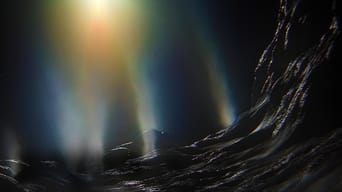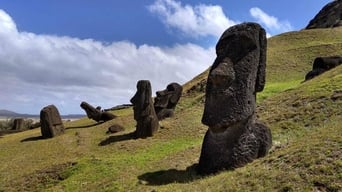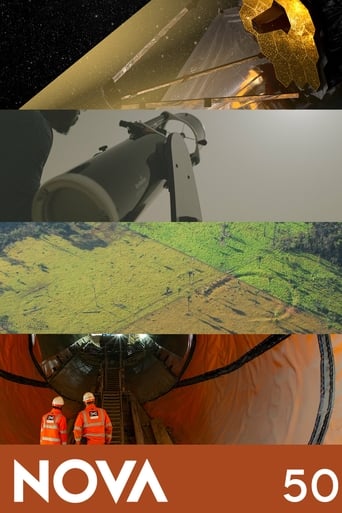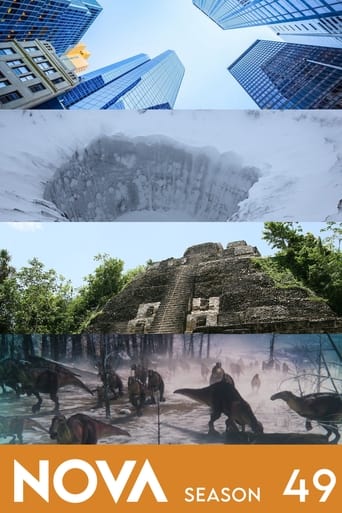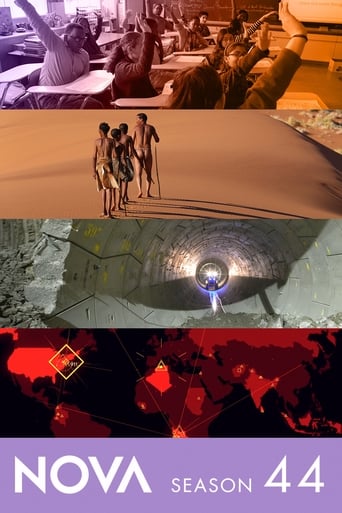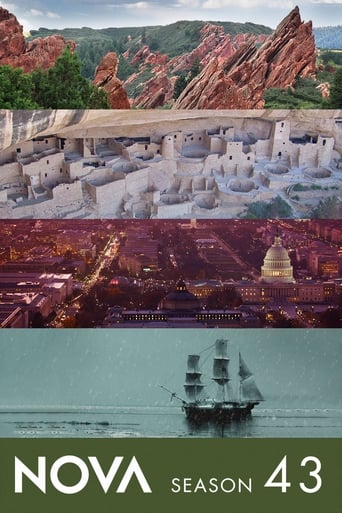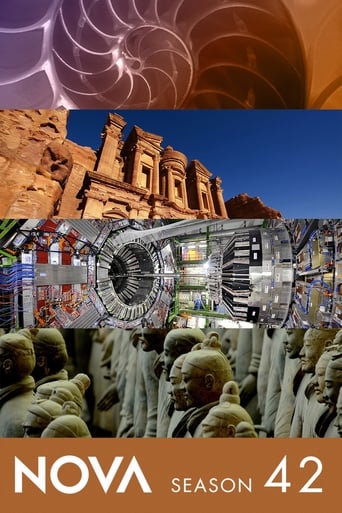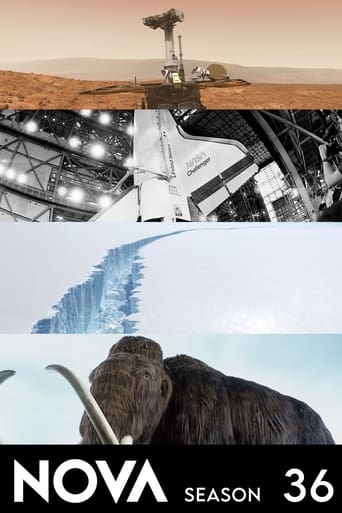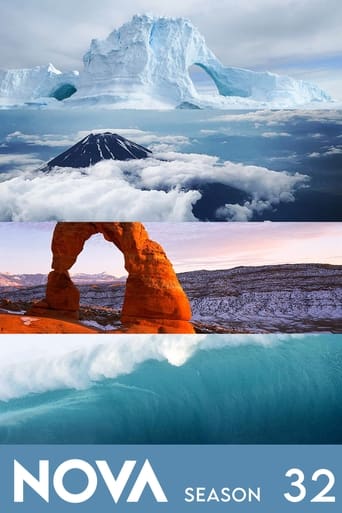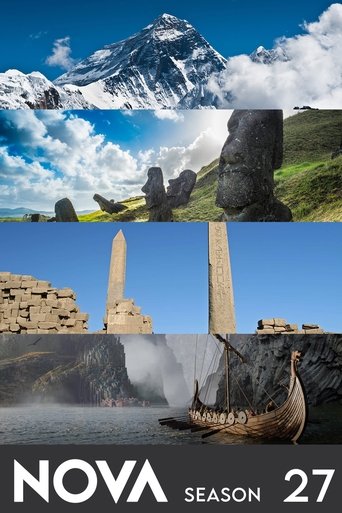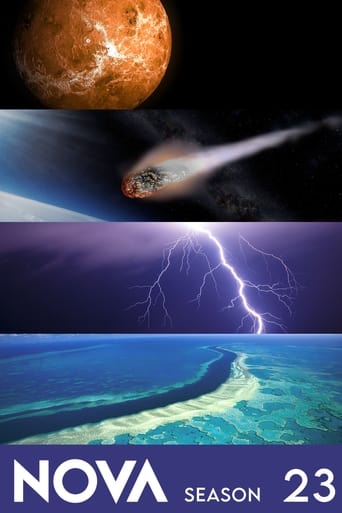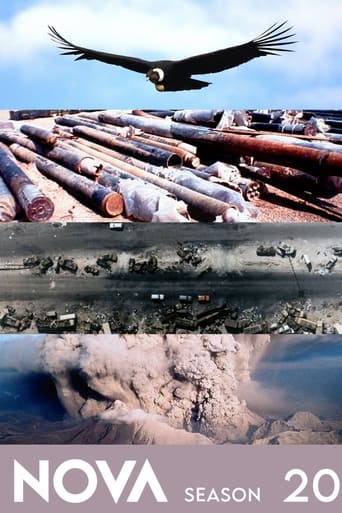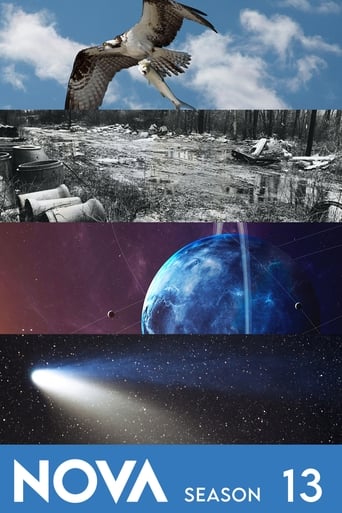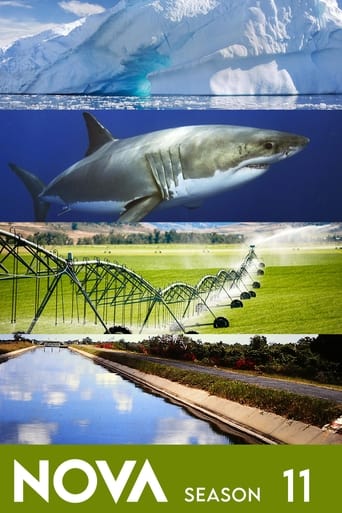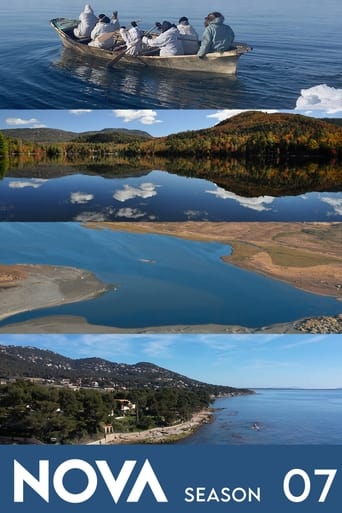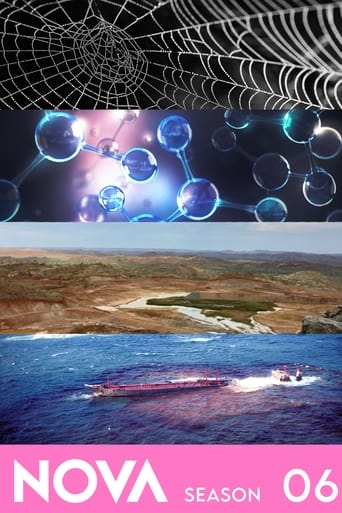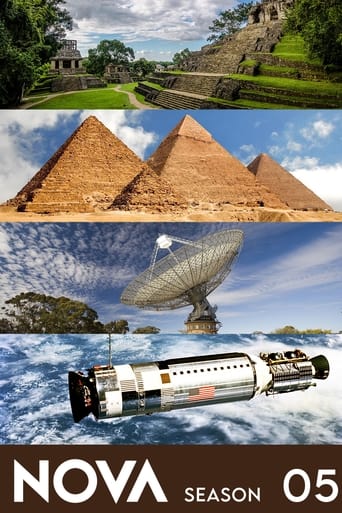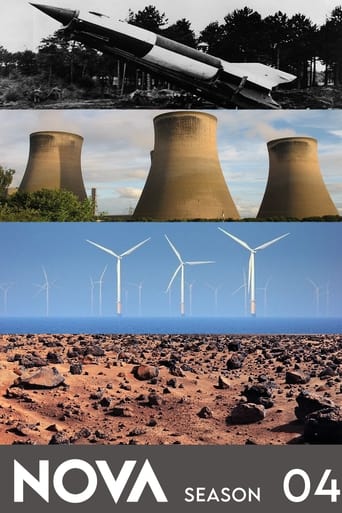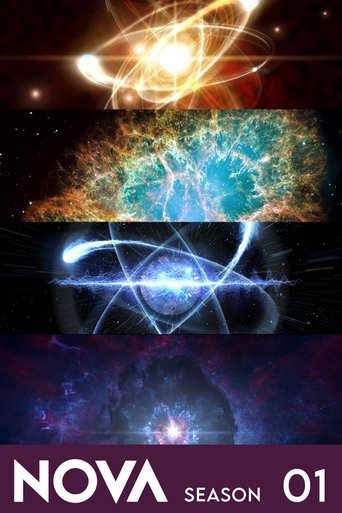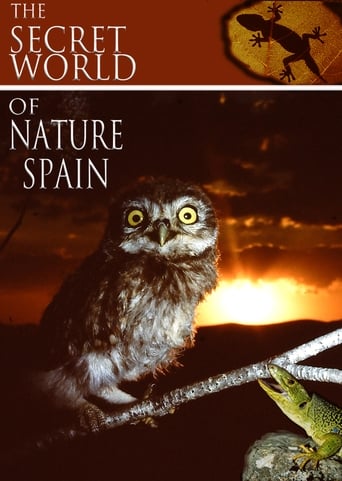NOVA Season 51
With 30 Day Free Trial!
NOVA
1974 / TV-PG
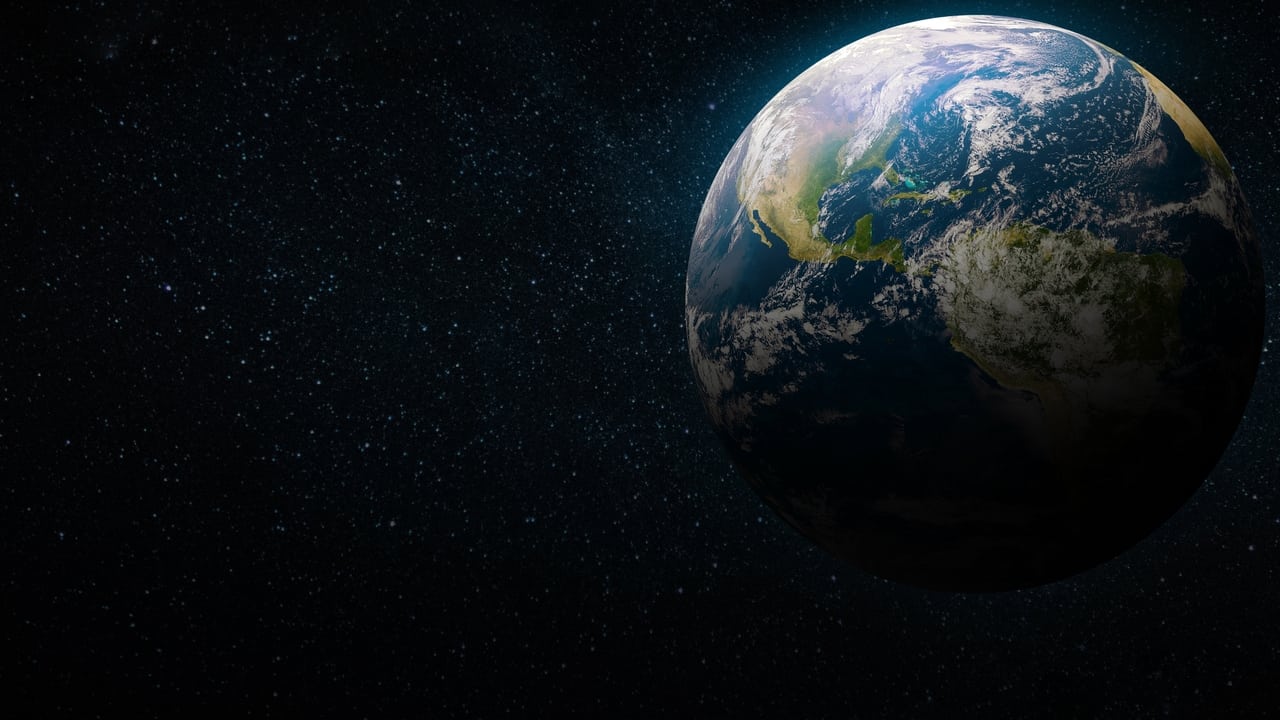
PBS' premier science series helps viewers of all ages explore the science behind the headlines. Along the way, NOVA demystifies science and technology, and highlights the people involved in scientific pursuits.
Watch Trailer
NOVA Season 51 Full Episode Guide
After the devastating 2019 fire at Notre Dame, two mysterious sarcophaguses were discovered under the cathedral’s stone floor. Who is buried in them, and what secrets will these coffins reveal? Follow a team of archaeologists and historians as they attempt to solve centuries-old mysteries using the latest scientific investigation techniques. What can forensic analysis of the remains reveal about one of the world’s most famous cathedrals and those who devoted their lives to it?
Thousands of years of human innovation have allowed us to shape the environment to improve lives. The consequences of our activities are not always benign – but there are solutions. From electrifying aviation, to building robots to protect threatened coral reefs, a new generation of engineers is finding creative solutions to some of our most critical environmental challenges.
From the time our species first evolved, we’ve been on the move. Not content to stay in one place, we’ve imagined and invented and built our way from one place to the next. From deep sea subs to wind-resistant skyscrapers to next-gen space habitats, see how today’s engineers are designing and building creative new ways for us to get all around – and even off – our planet.
Around the world, engineers are finding ingenious ways to amplify our abilities and senses – allowing us to access and shape the world way beyond our natural gifts. From helping a blind man see without the use of his eyes to building a sling so powerful it can shoot rockets into space, see why engineering just might be the closest thing to a superpower we humans have.
When we look at the world at the tiniest scales in the subatomic realm, things get weird – very weird. Welcome to the quantum universe, where particles can spin in two directions at once, observing something changes it, and something on one side of the galaxy can instantly affect something on the other, as if the space between them didn’t exist. Buckle up for a wild ride through the discoveries that proved all of this to be true and paved the way for the digital technologies we enjoy today – and the powerful quantum sensors and computers of tomorrow.
The classic view of our solar system contains eight orderly planets, some with moons in neat orbits – but when we look closer, we discover a bunch of stuff missing from this simple, clockwork model. Wandering worlds that seem out of place, found in the gaps between and beyond the planets, offer clues that our cosmic neighborhood is far more dynamic than we once thought. From the meteorites that impact Earth, to a moon that orbits backwards, to an imposter lurking in the asteroid belt, these wandering worlds are rewriting what we know – and even how we think about – our solar system.
Ice might seem familiar to us on Earth, but out in the solar system, it can get quite exotic. From Uranus’s ultra hot superionic ice, to glaciers of nitrogen ice on Pluto, to carbon dioxide snow on Mars, ice is a fundamental building block throughout our cosmic neighborhood. Visit some of the strange, frozen worlds of our solar system to discover why the ice here on Earth so special – and why we wouldn’t be here without it.
All around our solar system, volcanoes are powerful shapers of worlds. Next door on Mars is Olympus Mons, a giant volcanic mountain more than twice the size of Mt. Everest. And closer to the Sun, thousands of volcanoes produce the toxic atmosphere that keeps Venus boiling. Then there’s Jupiter’s moon Io, the most volcanically active world in the entire solar system, and Saturn’s moon Enceladus, where clues in its watery eruptions hint at the possibility of life. Discover the explosive forces that molded each of these worlds – and what makes the volcanoes right here on Earth so special.
From a dwarf planet that looks like a deflated football, to a tiny moon with cliffs taller than Mt. Everest, to the spectacular rings of Saturn, discover how the effects of gravity produce the amazing variety of weird worlds in our solar system.
Out in the solar system, the weather gets wacky – with globe-spanning dust storms, monsoons of liquid methane, and lightning 10 times stronger than here on Earth. Discover the forces driving the dramatic weather on neighboring planets and moons.
How big is the universe? Will it ever end? Why is so much of it made of mysterious dark matter and energy? See how mind-bending discoveries over the past 50 years have revolutionized our understanding of the universe.
Whether you’re on social media or surfing the web, you’re probably sharing more personal data than you realize. Find out where your data is going, who’s selling it, and how you – and a new kind of web – could put control back in your hands.
Explore the spectacular cosmic phenomenon of a total solar eclipse. In April 2024, the Moon's shadow is sweeping from Texas to Maine, as the U.S. witnesses its last total eclipse until 2044, and scientists scramble to unlock the secrets of our Sun.
A.I. tools like ChatGPT seem to think, speak, and create like humans. But what are they really doing? From cancer cures to Terminator-style takeovers, leading experts explore what A.I. can – and can't – do today, and what lies ahead.
For decades, scientists have tried to unlock the secrets of ancient DNA. Follow the dramatic quest to recover DNA millions of years old and reveal a lost world from before the last Ice Age.
Explore the revolutionary engineering behind Paris’s iconic landmark. Completed in just over two years for the 1889 World’s Fair, the iron tower smashed the record for the tallest structure on Earth, ushering in a new age of global construction that reached for the skies. How did the engineers do it? Follow the innovations, successes, and failures that made one of the most famous buildings on the planet possible.
How were the giant stone heads of Rapa Nui–also known as Easter Island–carved and raised, and why? Since Europeans arrived on this remote Pacific island over 300 years ago, controversy has swirled around the iconic ancient statues and the history of the people who created them. Now, a new generation of researchers is overturning old theories, revealing the rich history, innovation, and resilience of the Rapanui people, and uncovering intriguing new evidence about where they–and their practice of monumental stone building–came from.
In Egypt’s Sahara Desert, massive skeletons with strange skulls and gigantic teeth jut out from the sandy ground. This fossil graveyard, millions of years old, is known as the “Valley of the Whales.” Now, paleontologists have unearthed a whole new species of ancient whale dating to 43 million years ago, and this predator wasn’t just able to swim – it also had four legs and could walk. Follow scientists as they search for new clues to the winding evolutionary path of mammals that moved from the land into the sea to become the largest animals on Earth.
Free Trial Channels
Seasons










